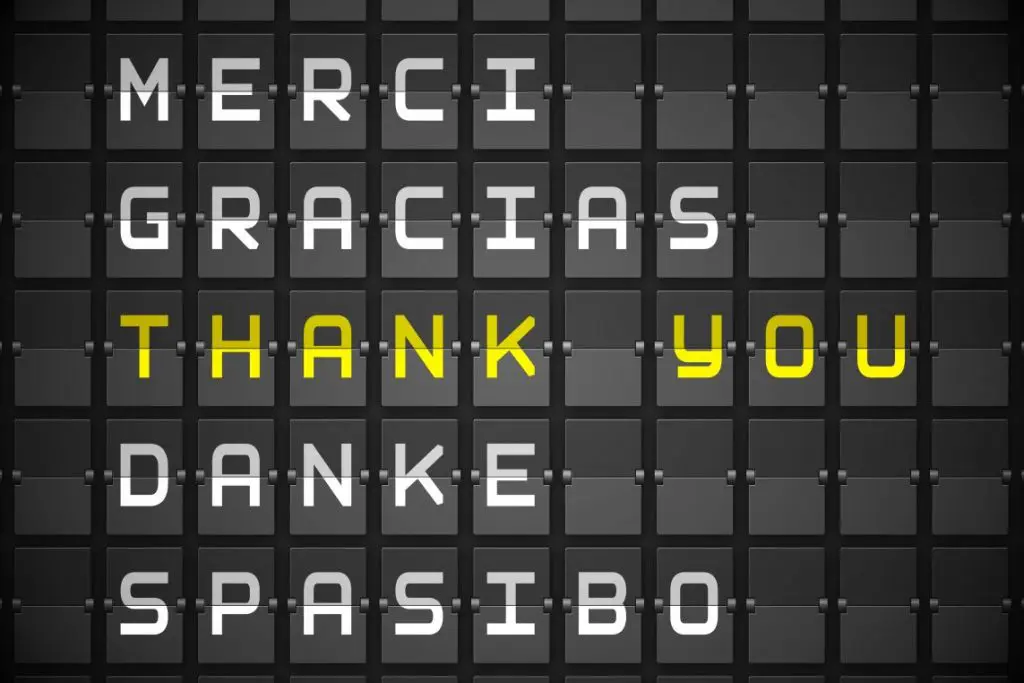German and Catalan: Aspects of Translation
If you need translation from German to Catalan or the inverse, you may well be asked how the two languages differ. Although they may appear similar in certain aspects, we have decided to show you some key differences between the two languages. Therefore, we will see the particular features to be taken into account when translating.
-
Negation
The composition of the negative form of a verb differs in German and Catalan. In German ‘nicht’ meaning ‘not’ is placed after the verb, in most cases at least, to express not doing something. The equivalent Catalan word ‘no’ is used to negate the verb, but crucially it comes before the main verb in the sentence. This small change in word order should be noted for any translations, to best preserve the original meaning of the text.
-
Plurals
These two languages also form plural nouns in different ways, although the ending of a noun tends to be changed in both languages, to indicate that the plural form is being used. In German -e, -n, and -en are the most common endings to be added to nouns in the plural, while in Catalan -s and -es are the most common endings. Correct identification of plurals is essential when translating between these two languages to avoid any distortion of meaning, therefore you should pay close attention to nouns with the aforementioned endings, as they may well be plurals.
-
Cases
Different cases are often used in a number of languages to give more information on the role of a noun in a sentence and this is particularly true of German. Four cases are used, the nominative, accusative, dative and genitive, and this affects the endings on nouns, their articles and adjectives which refer to them. However, there is no case inflection in Catalan, so the role of a noun in any given sentence is generally determined by the context and what is happening elsewhere in the sentence.
Now that you have read about the features of translating from German to Catalan, and vice versa, why not take a look at some of our articles on the issues of translation between other language pairs.

